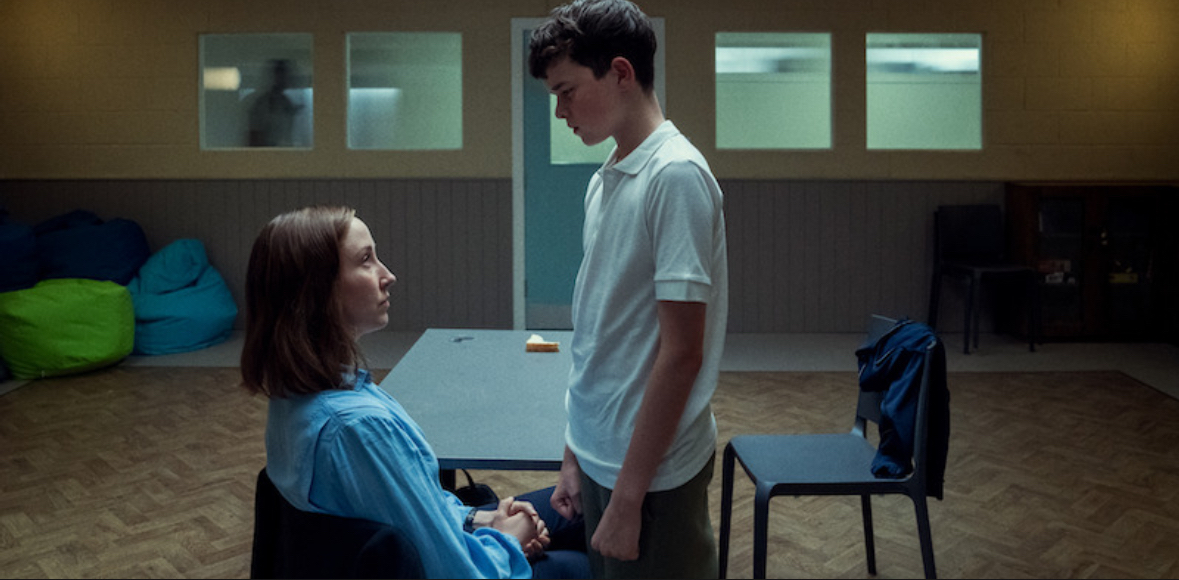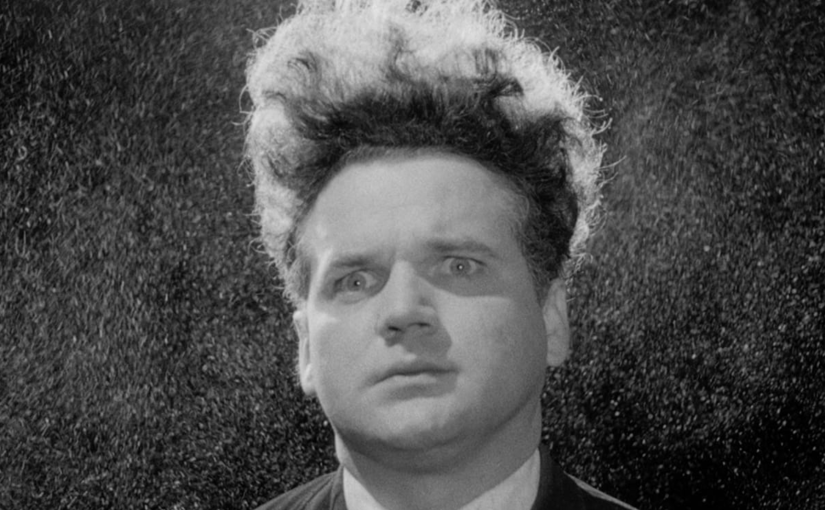What drives a 13-year-old boy to murder his classmate? The answer lies not in a single moment of rage or a catastrophic event, but in the insidious digital spaces where ordinary children are transformed into something far more sinister.
Netflix’s “Adolescence” is a four-episode miniseries that serves as an unflinching examination of toxic masculinity, online radicalization, and the devastating consequences of unchecked social pressures on young men. Each episode is filmed in a single, continuous shot, creating an uncomfortably immersive experience that mirrors the claustrophobic world of its characters. The series follows 13-year-old Jamie Miller (Owen Cooper), who stands accused of murdering his classmate Katie, exploring how digital spaces can radicalize young minds and weaponize adolescent vulnerability.
What sets “Adolescence” apart isn’t just its heavy subject matter, but its refusal to sensationalize violence. Instead, it focuses on the human wreckage left in Katie’s murder’s wake – the shattering of the Miller family’s reality, the institutional panic at Jamie’s school, and most powerfully, the psychological examination that reveals how an ordinary child became capable of killing.
The series’ most crucial hour unfolds as an extended psychological examination between Jamie and criminal psychologist Dr. Briony Ariston (Erin Doherty). This transforms “Adolescence” from crime drama into essential social commentary, offering a harrowing look into the mind of a young boy radicalized by toxic online ideologies. The genius lies in its gradual revelation of Jamie’s worldview. Through Dr. Ariston’s careful questioning, we see how online toxic masculinity has poisoned his thinking. Jamie doesn’t present as a toxic misogynist – instead, he’s calm, articulate, and genuinely believes he’s a good person. This makes his worldview all the more chilling.
The most devastating moment arrives when Jamie discusses his relationship with Katie. He reveals twisted logic where he believes he deserves credit for “restraint” in not sexually assaulting her – that his decision not to rape her makes him virtuous. This encapsulates the warped moral framework that toxic masculinity creates, where perpetrators view themselves as good even while committing heinous acts. Throughout the conversation, Jamie displays unsettling fluidity between personas – alternating between vulnerable child and unstable manipulator wearing what he imagines masculinity should look like. He parrots online misogynist talking points with disturbing fluency, then his voice cracks into that of a confused, hurt child desperate for approval.
This personality shifting reveals the fundamental hollowness of Jamie’s adopted masculine identity. The “man” he’s trying to be is entirely constructed from toxic online influences – a costume of aggression and pseudo-intellectual misogyny that poorly conceals the frightened boy underneath.
An emotional crescendo comes when Jamie, with childlike vulnerability, asks Dr. Ariston: “Do you like me?” This question cuts through all his ideological posturing to reveal the desperate need for validation at his radicalized heart. It’s a moment that humanizes him without excusing him, showing how toxic communities exploited his fundamental need for acceptance. This devastating question exposes the tragic irony of Jamie’s journey. His search for belonging led him to communities that offered conditional acceptance based on hatred, while the genuine human connection he desperately craved remained entirely out of reach. Dr. Ariston’s breakdown – namely, her inability to respond as the weight of what she’s heard overwhelms her – represents not just a personal, emotional response but broader societal grief for how badly society has young people like Jamie.
“Adolescence” succeeds because it reveals multiple layers of systemic failure that enabled Jamie’s radicalization and Katie’s murder. Educational institutions prove woefully inadequate at recognizing toxic masculinity among students. Law enforcement lacks digital literacy to understand online radicalization spaces. Most tragically, parents like Eddie and Manda Miller, ordinary, loving people, couldn’t see the transformation happening in their own home.
The series illuminates how online radicalization exploits normal developmental needs. The communities that radicalized Jamie provided conditional belonging based on hatred, while healthy relationships that might have saved him were never developed. Traditional therapeutic and institutional approaches prove inadequate for addressing ideologically motivated violence among young people.
The series ultimately argues that Jamie’s case isn’t a one-off occurrence but a predictable outcome of systemic failures to protect children from toxic online influences. Until parents understand digital spaces, schools address toxic masculinity, and law enforcement develops expertise in online radicalization, more Jamies will be created, and more Katies will die.





